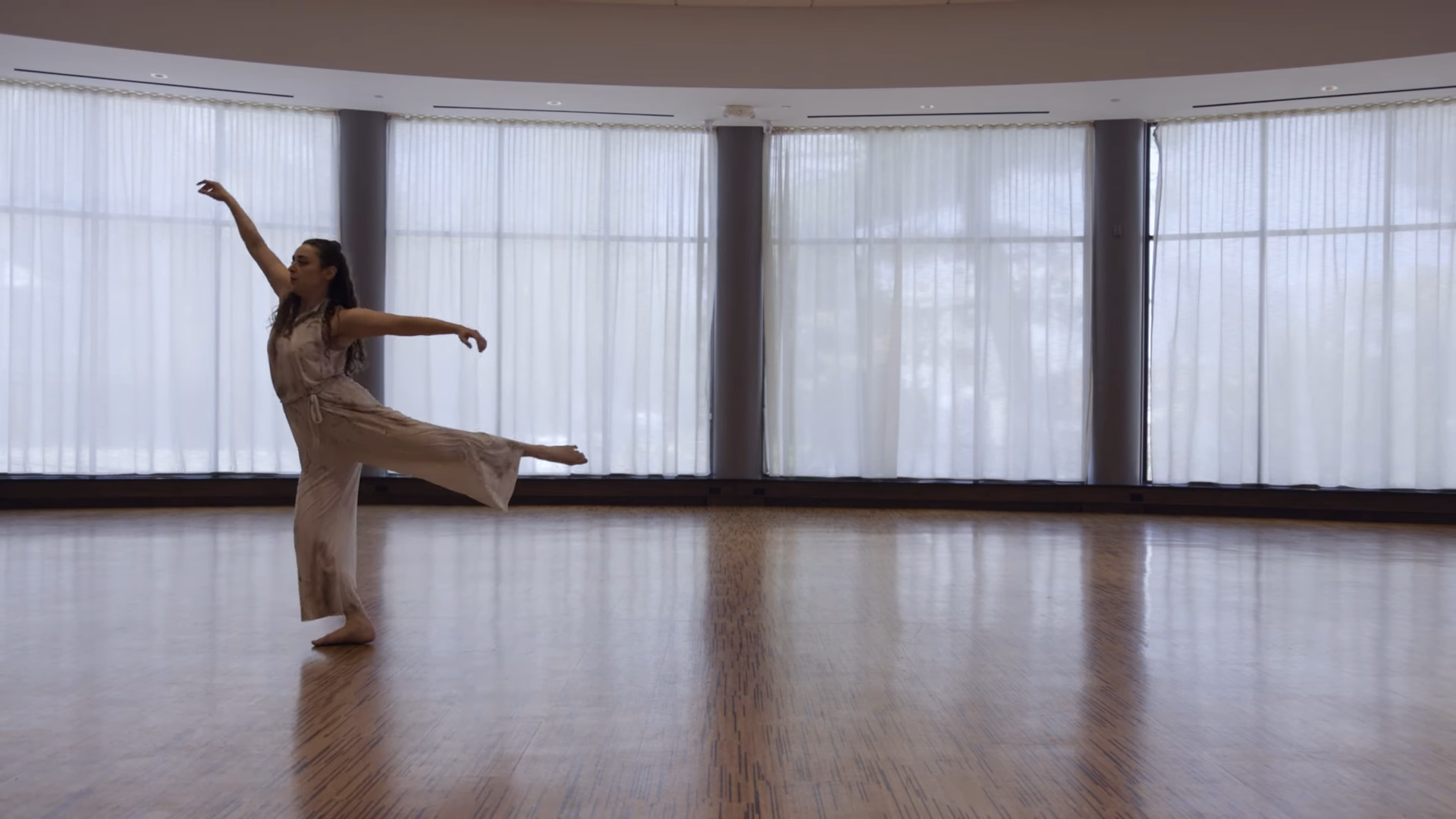As part of the Creative Community Fellowship powered by Combined Jewish Philanthropies (CJP) and the Jewish Arts Collaborative (JArts) in Boston, I facilitated workshops with a diverse range of audiences, focusing on the idea of peace.
Judaism contains a rich canon of prayers and texts about peace. Prayer is an accessible form of music-making, one that non-musicians can participate in freely and expressively. This element in particular draws me to sacred musical traditions.
As part of my workshops, we looked at examples of traditional prayers as models and developed our own collective, modern poems about peace. What is peace? What is its relevance? How might it be achieved? What does peace require of the individual, and how could a community work together to promote it? It was fascinating to collectively pause and make space for such conversations.
Echoing throughout the workshops was the notion that at the core of peace is an act of extension. This extension means going beyond one’s self-interest and working to recognize and meet the needs of others in the community. Grounded in our shared humanity, peace invites us to work patiently, actively, and consciously to create a more compassionate society. Such work is encapsulated in the Jewish value of Tikkun Olam.
As I was producing Expansion/Protection, in collaboration with my Co-Fellow, dancer, and choreographer Rachel Linsky, I was looking to use sound and movement to reflect both the tension and beauty involved in seeking peace. Vocal inflection and ornamentations that are rooted in the cantorial tradition are a central part of Jewish music from Iraq to Ukraine. As a guitarist and composer, I am inspired and moved by the beauty I find in this tradition.
This piece incorporates such vocal elements throughout my guitar playing. Rachel’s choreography implies the effort involved in extension, using movement that tests the boundaries of the body, and at times conjures up the protection of territory, combined with moments of serene beauty and softness. Similarly, the composition blends dissonant harmonies with a simple melody that suggests a lamentation that could be found in a traditional prayer.
Ira Klein is an award-winning composer, guitarist, and educator from Israel, and based in Cambridge, MA
Reflections
The Interplay of Sound and Movement:
The video showcases the intertwining of sound and movement to depict both the tension and beauty inherent in the pursuit of peace. How do Ira Klein’s music and Rachel Linsky’s choreography respectively contribute to this narrative? Can you identify moments in the performance where the themes of "extension" and "protection" are particularly prominent?
The Role of Tradition in Modern Artistry:
Ira draws inspiration from a wide range of musical traditions, incorporating vocal elements rooted in the cantorial tradition. How do these elements of traditional prayer and modern musical interpretations intersect in the performance? What do you think is the significance of blending these old and new elements, especially in the context of discussing peace and Tikkun Olam?
Want more?
Get curated JewishArts.org content in your inbox



